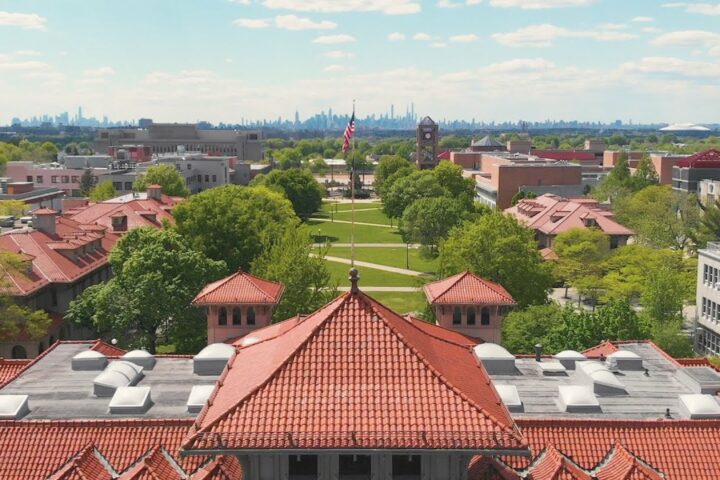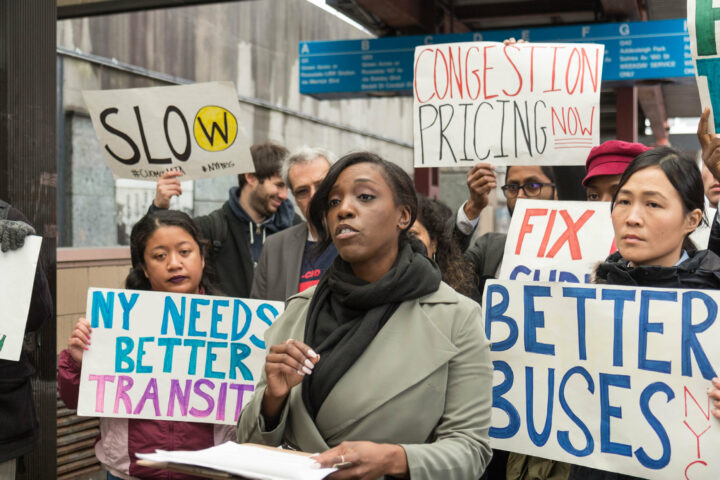Currently going head-to-head in an intense runoff election are Georgia’s incumbent Republican Party Senators Kelly Loeffler and David Perdue. Loeffler and Perdue went up against Raphael Warnock and Jon Osoff, the Democratic nominees for the Senate, earlier in November. However, neither candidate received a majority of the votes, thus setting the stage for a special election on Jan. 5 next year. This special election will determine which party controls the Senate.
The stakes here are enormous. Riding on this special election is whether or not President-elect Joe Biden will have an easier time passing legislation that will be key to his proposed agenda.
As of right now, the U.S. Senate has 46 Democrats, two Independents and 50 Republicans. Given that the two Independents side with Democrats on almost all key issues, it is safe to chalk the total up to 48 Democrats. If the two Democratic candidates win Georgia in this election, the Senate’s composition will be split evenly between Democrats and Republicans. However, given that the vice president (i.e. Vice President-elect Kamala Harris) is empowered by the U.S. Constitution to vote in the Senate when there is a tie, the Senate can be deemed as a Democratic majority under those circumstances.
The fact that it is Georgia of all states that is going to determine the balance of power in the federal government is astounding to many. For many years, Georgia had been a solidly red state, not having voted for a Democratic president since Bill Clinton’s first term in 1993 and not having voted for a northern Democrat for president since John F. Kennedy in 1960. This begs the question, what changed such a solidly red state into one that has now gone blue?
In the opinion of Michael Krasner, longtime Queens College (QC) political science professor and co-director of the Taft Institute for Government — an independent not-for-profit organization that promotes political participation — two things in particular: “One, there’s been an influx of Hispanic voters into the state and secondly, there’s been a very effective campaign to register and get out to vote the black vote in Georgia … led by … [former Georgia gubernatorial candidate] Stacey Abrams … and spurred lately by the Black Lives Matter movement formed after the death of Trayvon Martin and which saw such spectacular growth after the murders of Breonna Taylor and George Floyd.”
This trend of increased minority voting, when combined with an alienation of suburban women from Donald Trump’s rhetoric and policies, has changed the voting demographics of Georgia enough to give the election to Joe Biden, as well as put the futures of both Senate incumbents in jeopardy. When considering the shifting demographics of Georgia, those changes alone cannot make a major impact on the electoral race unless those citizens, many of whom are first-time voters, can be turned out in significant numbers. With Georgia, this is particularly vital as the issue of turning out new voters has been threatened by voter suppression through the wide-spread accusations of voter fraud.
For Republicans, they have to contend with the impact of President Trump and much of their party (Senators David Perdue and Kelly Loeffler) repeatedly claiming that there was voter fraud in Georgia during the 2020 presidential election. For the Democrats, they have to contend with many voters, particularly minority voters, feeling as if their vote doesn’t matter in light of Georgia’s history of voter suppression. Georgia’s voter suppression was most notable in the 2018 gubernatorial race where Republican Brian Kemp beat the aforementioned Stacey Abrams by 50,000 votes amidst allegations that Kemp — who was at the time Georgia’s Secretary of State — engaged in voter suppression tactics in order to win the race. Due to Georgia’s history, efforts to turn out more votes on both sides is more vital than ever.
This race is an interesting one but at the end of the day New Yorkers are wondering, how does this race in Georgia affect us? Both professor Krasner and QC professor of urban studies James Vacca, told The Knight News that there is a much stronger chance of meaningful legislation getting passed in some form with a Democratic, rather than a Republican, controlled Senate. There would be potentially a legislative gridlock until the 2022 midterm elections.
However, even if Democrats don’t regain control of the Senate, all hope is not yet lost for Joe Biden’s agenda. Two Republican Senators in particular, Susan Collins (R-ME) and Lisa Murkowski (R-AK), have proven to be moderates who may work (and vote) with the Democrats on certain legislation; though they would probably limit the scope of such legislation in the process if they agree to vote for it at all.
For people looking to get involved from New York in determining the direction of this country, it is quite easy. Simply contact the campaign of choice or one of the many voting registration organizations, like Fair Fight currently active in Georgia, and ask how to help. Most campaigns will ask for help texting potential voters and phone banking in people’s spare time. The future direction of the government is in our hands. Let’s make our voices heard.











